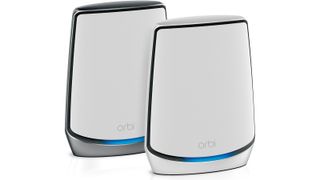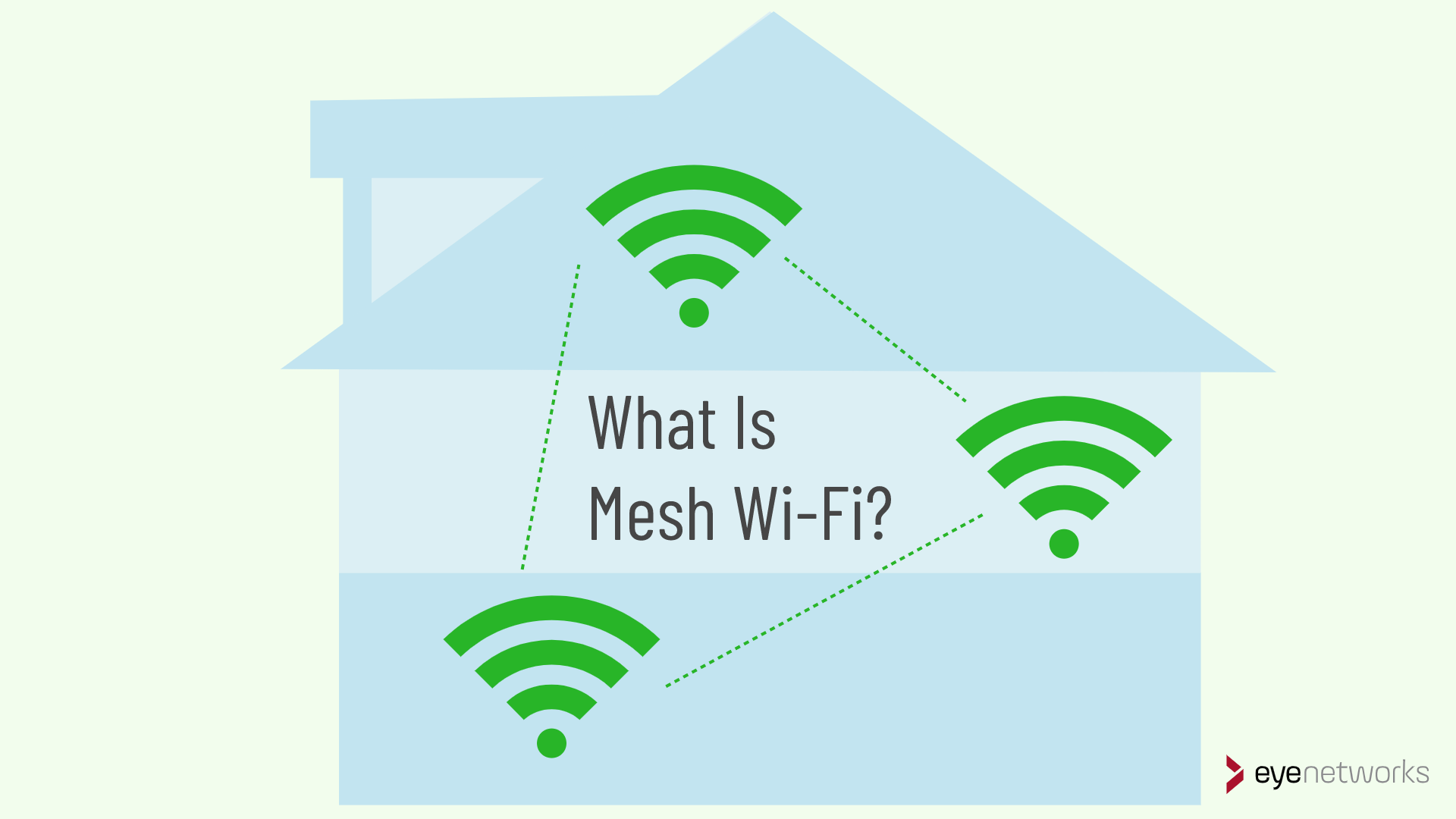

The systems typically consist of an additional router-like device that connects to your home’s existing modem, along with plug-in satellite modules, or nodes, that you place in parts of the house with weak internet access. Now for the good news: it’s easy and not too cost prohibitive to send a strong wireless signal to every corner of your home by putting in a WiFi mesh system. Coupled with even more smart home and connected devices in households, the need for stronger WiFi is more important than ever before. For most of us, the situation has gone from bad to worse while we're spending even more time at home, with everyone and their mother (father, sister, brother, too) living out their lives online. If you have gigabit speeds (1,000 Mbps) in your large home, make sure you go for a tri-band mesh system to get all the speeds you’re paying for.Unless you live in a studio apartment, you’re probably familiar with dead zones in your home, or rooms where the WiFi is hit or miss. While dual-band routers can work just fine for slower internet plans, your tri-band router will be perfect for supporting gigabit mesh Wi-Fi. This additional 5.0 GHz band plays an important role in mesh systems because it is dedicated solely to sending your internet data between the satellites and routers in your house without interfering with your current connection’s speed. The elusive quad-band router will have a mix, usually one 2.4 GHz, two 5 GHz, and one 6 GHz band. Tri-band routers take your connection one step further by adding a 6 GHz or second 5 GHz frequency band. The 5 GHz connection works best for your phone, TV, and computer. The connection with the 5G in the name is a 5 GHz frequency, which supports speeds up to 1,300 Mbps on high-performing Wi-Fi 5 routers. The Wi-Fi connection with no number in the title is a 2.4 GHz frequency, which can support speeds only up to 600 Mbps, but works great as a dedicated connection for your smart home devices. When trying to connect to your internet, you’ve probably run into these bands-one Wi-Fi connection with the router’s typical name and one with that adds 5G afterward.

Two Wi-Fi frequency bands can do the job fine for traditional routers. This mesh router system is cute, and it works great without you having to study up. Plus, Google sticks with old Wi-Fi 5 technology, too, so it’s not the way to go if you have new Wi-Fi 6 devices.Ĭhoose the Google Nest Wifi system instead of picking up a copy of Mesh Wi-Fi Systems for Dummies.

The Nest Wifi Point-the satellite units for this mesh system-don’t come with Ethernet ports, so you can’t wire this system together like the TP-Link Deco X20. The satellites have speakers and work as voice-activated Google Assistants (the main router doesn’t), making it easier to control other smart devices in your home.Īnd while the router is available only in marshmallow white, the satellites have two more color options.īut while the Nest Wifi system is ideal for folks who want to set it and forget it, it’s not a good choice for tech fans. While in some mesh systems every unit is a Wi-Fi router, the Nest Wifi system has one router and add-on satellite units to spread Wi-Fi coverage over your home. Everything comes integrated, so no high-tech specs will distract you from using this mesh Wi-Fi network. Google’s Nest Wifi mesh system is designed for easy setup in under ten minutes, with step-by-step instructions on a smartphone app. If you need a mesh Wi-Fi system, but all this technical jargon is freaking you out, don’t worry-Google has you covered.


 0 kommentar(er)
0 kommentar(er)
